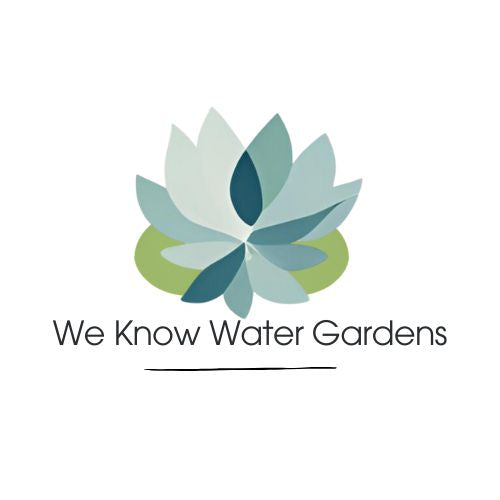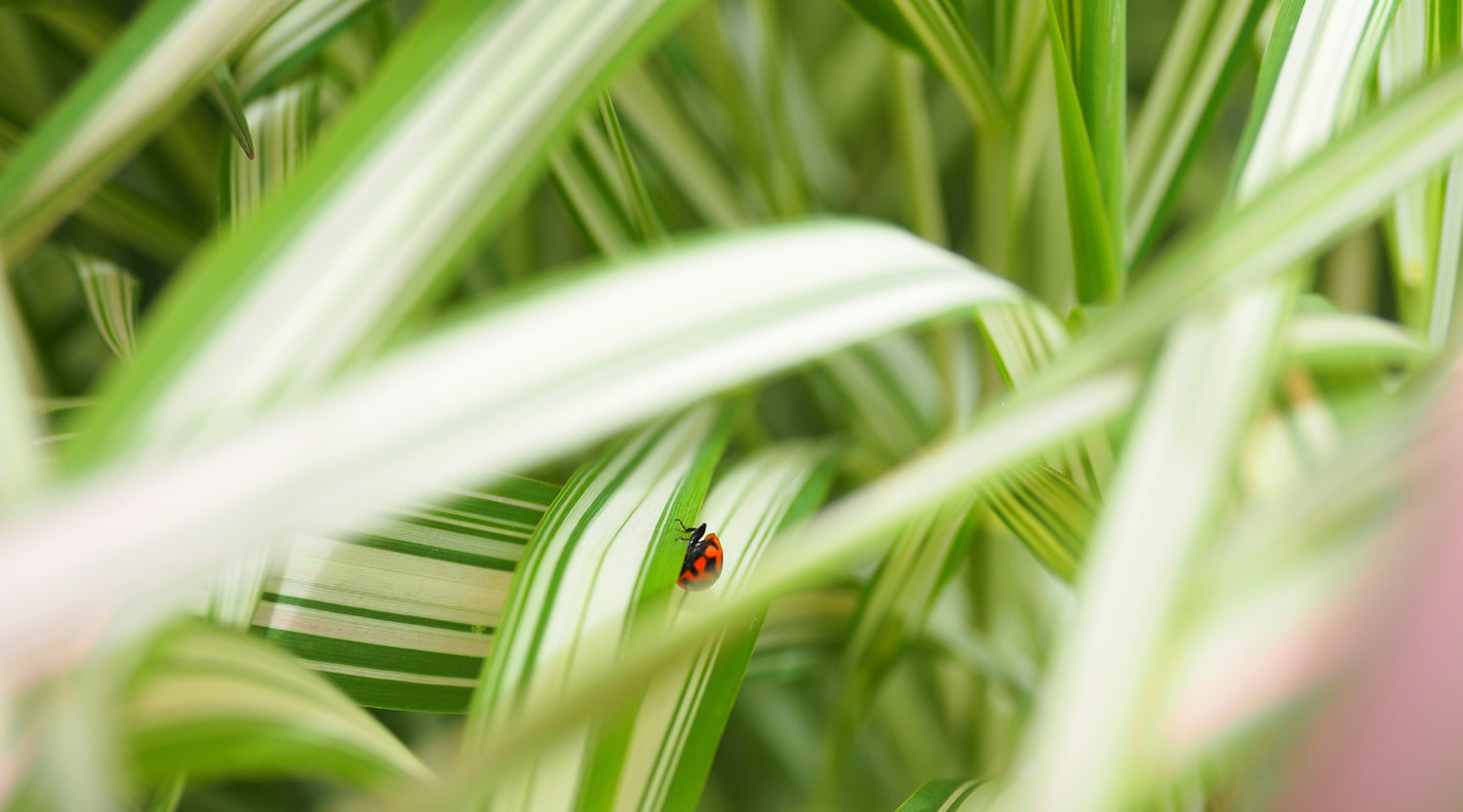Home
>
We Know Water Gardens Blog
>
Essential Native Rushes for Your Australian Garden Pond: A Guide to Knobby Club Rush and Bare Twig Rush
Essential Native Rushes for Your Australian Garden Pond: A Guide to Knobby Club Rush and Bare Twig Rush
on Feb 14, 2025
Creating a thriving garden pond ecosystem starts with choosing the right native plants. Among Australia's rich flora, two standout species deserve special attention: the Knobby Club Rush (Ficinia nodosa) and Bare Twig Rush (Baumea juncea). These versatile and hardy plants not only add visual interest to your pond but also play crucial roles in maintaining its health. While both of these pond plants are favourites and key to supporting frogs, it is important to add a variety of pond plants for all aspects of habitat and pond health. Check out our range in our native pond plant collection.
Knobby Club Rush (Ficinia nodosa)
Knobby Club Rush is a popular Australian native plant that brings unique texture to your pond environment. Its long, thin leaves grow in an attractive clumping pattern, creating an architectural element in your water garden. The plant's soft, upright growth habit adds valuable vertical dimension to pond edges.
Growing Requirements
This adaptable plant thrives in shallow water, preferring about 1cm over its crown, though it can tolerate fluctuating water levels during heavy rain periods. Its hardy nature makes it suitable for both beginners and experienced pond gardeners. You can plant it directly into your dam, backyard pond or grow it in the floating pond ring.
Bare Twig Rush (Baumea juncea)
Bare Twig Rush offers a different aesthetic with its fine, cylindrical stems that create an
elegant, minimalist appearance. The plant's blue-green colouring adds a subtle but distinctive hue to your pond's palette, contrasting beautifully with other water plants.
Growing Requirements
This rush thrives in both shallow water and boggy conditions, making it incredibly versatile for different pond zones. It can handle varying water depths and adapts well to seasonal changes.
Environmental Benefits of Both Species
These native rushes offer numerous advantages to your pond ecosystem:
- Natural Filtration: Both species help filter water and trap debris, maintaining clearer pond conditions- check out more here Nature's Own Water Purifiers: Exploring the Numerous Benefits of Reeds, Grasses, and Rushes in Your Pond or Dam
- Wildlife Habitat: They provide essential cover and breeding areas for frogs, small birds, and beneficial insects
- Erosion Control: Their robust root systems help stabilise pond edges and prevent soil erosion
- Water Quality: When planted in groups, they can form effective natural filter beds
Perfect Partners in Your Pond
While beautiful individually, Knobby Club Rush and Bare Twig Rush work particularly well together:
- Their different heights and textures create visual interest
- Combined, they provide more comprehensive wildlife habitat
- They can be used to create distinct zones within your pond
- Together they offer enhanced filtering capabilities
Growing Tips for Success
To get the most from these native rushes:
- Plant in sunny to partly shaded locations
- They can be planted directly into your pond or grow in the pot and floating pond ring. Tip - Keep an eye on them as they grow tall in your pond ring, they may need stabilising with some rocks to prevent them from toppling over
- Position plants so their crowns sit just below water level
- Divide clumps every 2-3 years to maintain vigor
- Remove any dead or yellowing growth as needed
Wildlife Benefits
Both rushes are excellent choices for attracting native wildlife:
- Provide shelter and nesting materials for small birds
- Create protected areas for frogs and tadpoles
- Support populations of beneficial insects
- Help establish natural ecosystem balance
Creating a Frog-Friendly Haven
Australian native rushes play a vital role in attracting and supporting our unique frog species. Both Knobby Club Rush and Bare Twig Rush create ideal environments for these important amphibians:
Natural Frog Habitat
These rushes provide essential elements that native frogs need:
- Dense foliage offers protection from predators like birds and cats
- Sturdy stems give frogs perfect perches for calling and hunting
- Overlapping clumps create humid microhabitats that frogs love
- Shallow water zones around the plants provide ideal breeding areas
Supporting Native Frog Species
Different Australian frogs that may be attracted to your rush-planted pond include:
- Eastern Common Froglets (Crinia signifera), which love to hide among dense rush growth
- Striped Marsh Frogs (Limnodynastes peronii), attracted to the shallow margins where rushes grow
- Eastern Dwarf Tree Frogs (Litoria fallax), which use rush stems as calling posts
- Spotted Marsh Frogs (Limnodynastes tasmaniensis), which lay their eggs among rush stems
Creating the Perfect Frog Environment
To maximise the frog-attracting potential of your rushes, follow these tips:
- Plant them in clusters to create dense cover
- Maintain varying water depths around the plants
- Leave natural debris among the rush bases for extra shelter
- Avoid using chemicals in and around your pond
- Include some partially submerged rocks near the rushes for basking spots
Seasonal Considerations
Your rush plants support frogs throughout the year:
- Spring: Breeding season shelter and egg-laying sites
- Summer: Cool refuge during hot days
- Autumn: Hunting grounds for insects
- Winter: Protected areas for hibernation
Knobby Club Rush and Bare Twig Rush are key additions to any Aussie garden pond. Their combination of practical benefits and aesthetic appeal makes them perfect choices for creating a naturally balanced water feature. By incorporating these native plants, you're not just designing a beautiful garden element – you're supporting local biodiversity and creating a sustainable ecosystem in your backyard.
Remember, native plants like these are perfectly adapted to our local conditions, making them ideal low-maintenance choices that will reward you with years of healthy growth while attracting native wildlife to your garden.
© weknowwatergardens 2025
Share



